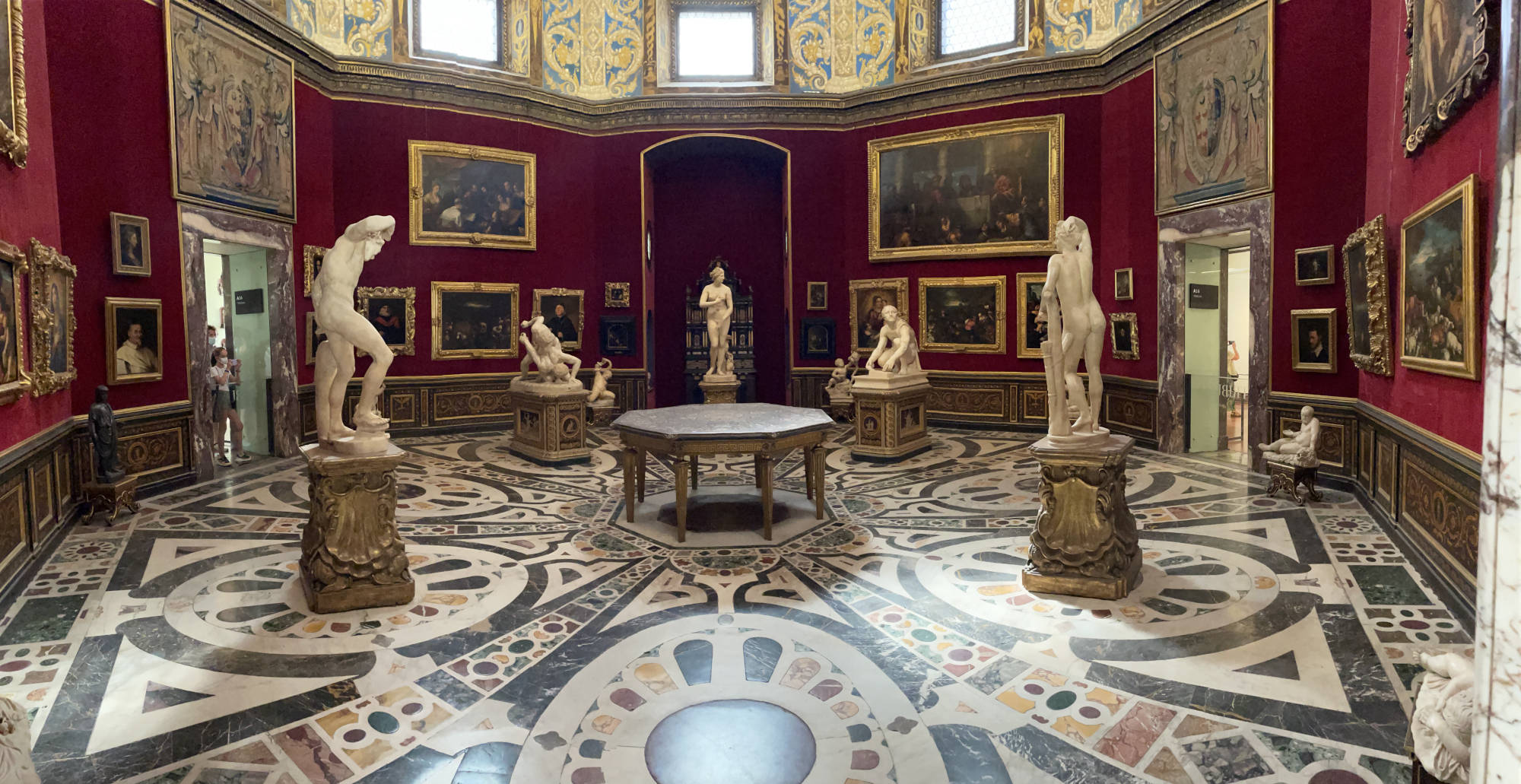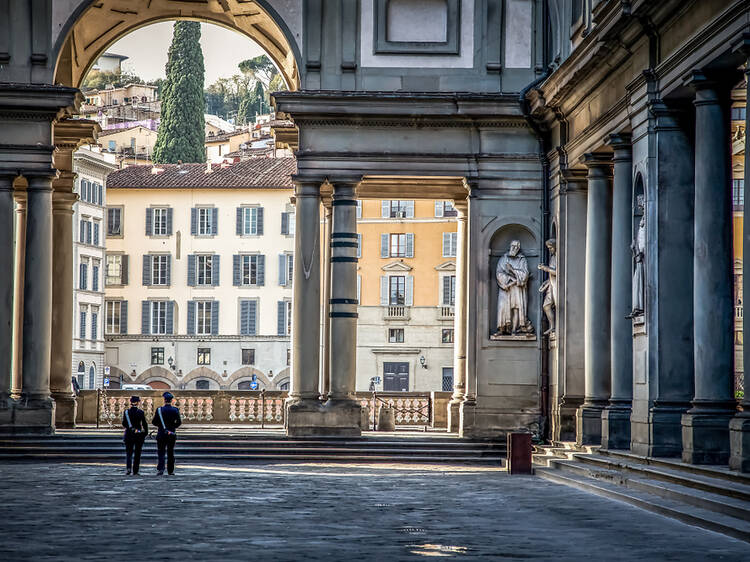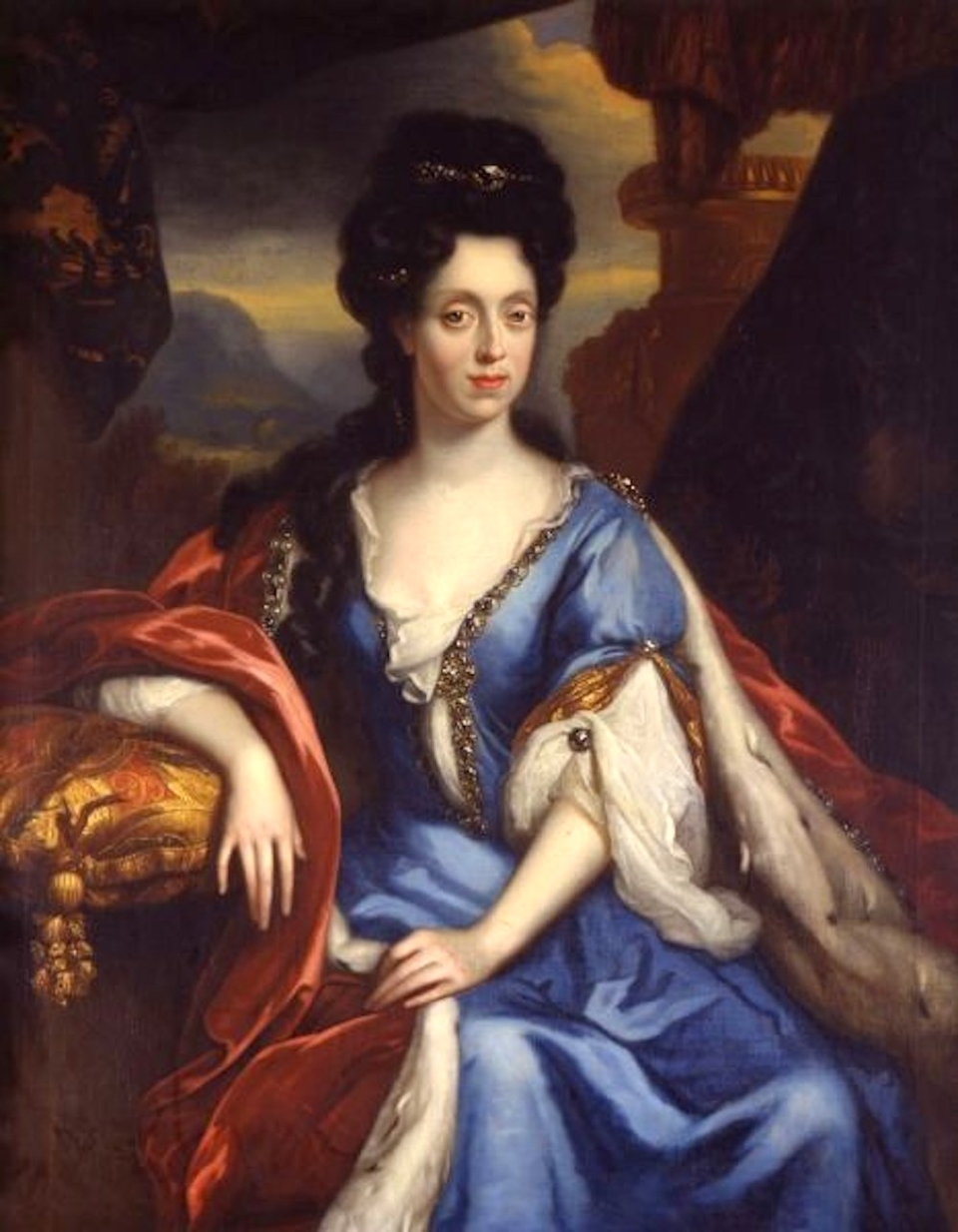Among the countless attractions that the cultural heritage of Florence can give, we also find the best museum in the world, the Uffizi. And this time it is not a question of parochialism, since the election was decreed by the British magazine Time Out which drew up the ranking of the "20 best museums and galleries in the world".
Why the Uffizi best museum in the world?

For journalist Sophie Dickison:"There are so many classic works at the Uffizi that some visitors have been physically ill (Florence is the cradle of Stendhal syndrome, after all). It doesn't matter if you've already seen Botticelli's "Birth of Venus" a thousand times, nothing can prepare you for live viewing. And there are many other spectacular Renaissance paintings to admire, such as Caravaggio's 'Medusa' or Artemisia Gentileschi's 'Judith Killing Holofernes'. It can't be anything but the best museum in the world!"
Only three months ago, thanks to the "Uffizi diffusi" project promoted by the director Eike Schmidt, the Florentine Galleries had also been included in the "World's 100 Greatest Places of 2021" ranking, published by "Time Magazine".
In second place in the Time Out ranking is the Louvre,followed by the MoMA; the National Museum of Modern and Contemporary Art in Seoul and the National Museum of African American History and Culture in Washington DC.
Visit the Uffizi Gallery in Florence

The history of the Gallery dates back to the Renaissance period. The building, commissioned by Cosimo I de' Medici, was designed and built between 1560 and 1580 by Giorgio Vasari. The gallery, officially opened to the public in 1765, is famous worldwide for its extraordinary collections of sculptures and ancient paintings, from the Middle Ages to the modern age.
It is evident that the first place in the world ranking has been assigned to the Uffizi thanks to these incredible collections, which include masterpieces by artists such as Giotto, Piero della Francesca, Beato Angelico, Botticelli, Mantegna, Correggio, Leonardo, Raphael, Michelangelo and Caravaggio.
In all this, we want to emphasize a lesser-known aspect, but to which we probably owe much of the credit for having managed to maintain over time so many works of art all together.
Let's talk about the Electress Palatine
In addition to collectors, the Medici were great patrons of art, and without their patronage, many works that we know and love today could never have been created.
Among all, however, we want to emphasize the importance of a woman who ensured that this great collection was forever linked to Florence.
 All these works were in fact bequeathed to us by Anna Maria Ludovica von der Pfalz, the last heiress of the Medici family, who died in 1743 who established that they should remain in Florence.
All these works were in fact bequeathed to us by Anna Maria Ludovica von der Pfalz, the last heiress of the Medici family, who died in 1743 who established that they should remain in Florence.
Anna Maria Ludovica, born in Florence in 1667, daughter of Grand Duke Cosimo III and Marguérite-Louise d'Orléans, was the sister of Gian Gastone and Ferdinando: she married, without ever having seen him before, Prince Johann Wilhelm von der Pfalz-Neuburg of the Wittelsbach house of Saxony, Elector Palatine of the Rhine (the princes having the right to elect the king of Germany), from this moment Anna Maria will also assume the nickname of Electress Palatine.
In 1716, widowed, she decided to return to Florence: during her twenty-six years of absence none of her brothers, Ferdinando or Gian Gastone, had had heirs: with the death of her father and both brothers, Anna Maria Luisa became the last Medici.
The foreign powers thus decided to assign Tuscany to the Lorraine,entrusting to the Electress Palatine the management of the phases of the transfer of power. Anna Maria, however, before handing over the Grand Duchy to the new lords, on October 31, 1737, in Vienna, stipulated with Francesco Stefano di Lorena the Family Pact, an agreement that would soon protect the Tuscan artistic heritage.
"La Serenissima Elettrice sells and transfers to the present S.A.R. for him and his successors Grand Dukes all the furniture, effects and rarities of the succession of the Most Serene Grand Duke his brother, such as Galleries, Paintings, Statues, Libraries, Joys and other precious things, since the holy relics, which S.A.R. undertakes to preserve, on the express condition that of what is for ornament of the State, for the benefit of the public and to attract the curiosity of the Strangers, nothing will be transported and taken out of the Capital and the State of the Grand Duchy".
The Family Pact, with a detailed list of the assets of the Medici, was confirmed by the Electress Palatine also in her will of 5 April 1739; thus ended beautifully the centenary history of the Medici in Florence.
The name of Anna Maria Ludovica is little known and her character has been outclassed by others of her own family, yet the princess was the last great patron of Florence and today our city and the Uffizi owe her the merit of the value of that gesture, which made our city capital among the capitals of art and beauty in the world.
Image sources: initalia virgili, partecipart, pinterest, shutterstock










 Map
Map